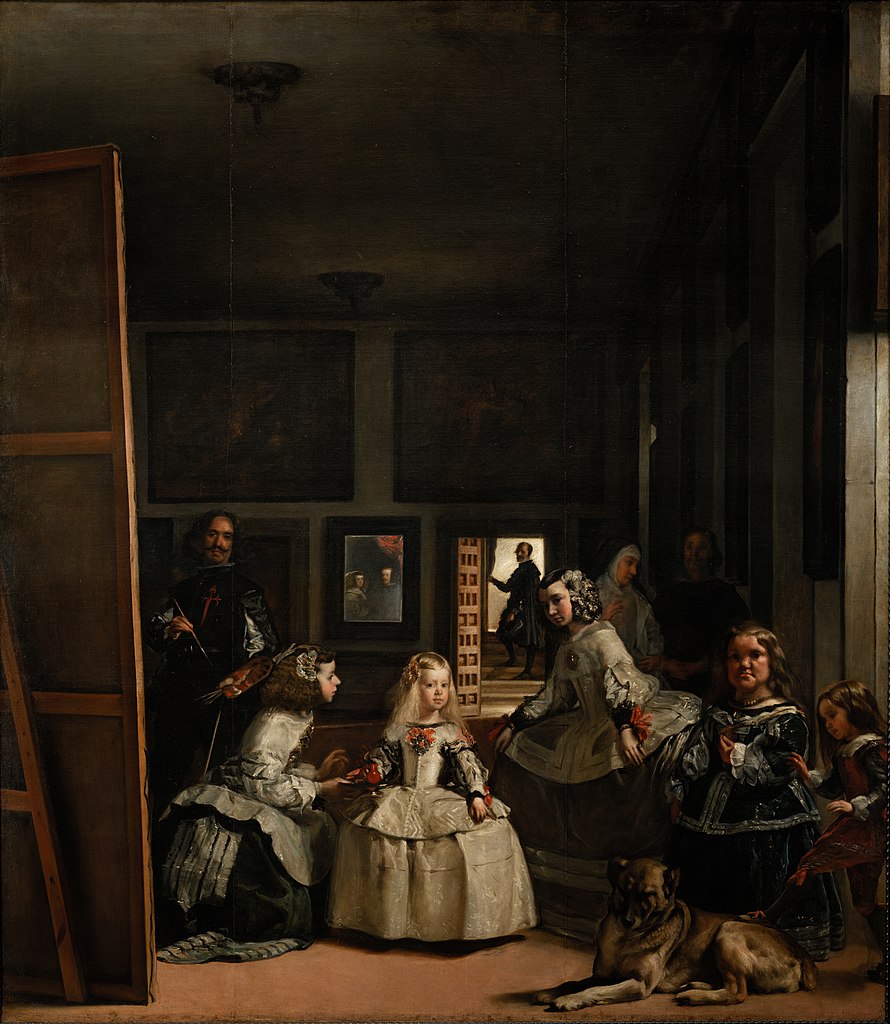Each city had it's own artists who inspired, but we spent most of our time with Velázquez, El Greco, Goya, Gaudi, Sorolla and Picasso. Quite an eclectic group!
 |
| The Communion, Picasso 1896 (age 15!) |
What really impressed me was Picasso's dedication. There are many, small studies like the ones below, showing how he practiced and worked out color and composition. I wish had been able to photograph the full array of studies because the volume of work is impressive and shows a deep commitment.
 |
| plein air studies by Pablo Picasso, early 1900s |
Yet, many painters expect to create a "work of art" each time they pick up a brush. But what we really need to do is practice more. And explore and experiment with abandon. Without expectations.
Goals are great.
Expectations can bring disappointment.
For his own exploration and experimentation, Picasso embarked on a series of works based on Velázquez's iconic Las Meninas, working to convey the contradictory feelings and perplexed expression of the young Infanta Margarita. Picasso interpreted Las Meninas in 45 paintings.
Forty-five!
He wasn't pandering to a current trend (like recent, ubiquitous cupcake paintings); he was experimenting and exploring to create the effect he desired. As a graphic artist I can sort of relate - how do you know you have the best font until you've tried... oh so many!
You can read a bit about Picasso's series Las Meninas here and Velázquez' masterwork here.
 |
| Las Meninas by Diego Velázquez 1656 |
Velázquez captures the Infanta's conflicting desire to explore and behave regally. Even a five year old knows when to act like a princess! But, her attention is torn between so many areas of interest. She's a child.
Picasso, 300 years later, created his 45 painting series interpreting the scene of Velasquez' Las Meninas.
The painting at the left, in particular, shows the Infanta's distraction and indecision.
 |
| Pablo Picasso 1957 |
As I mentioned, Cubism is not exactly my thing. But it's fascinating that Picasso was a classically trained and accomplished representational painter before he ventured into abstraction. It's also interesting to see the lengths he went to, with studies and repeated subjects, to perfect his works and reach his vision.
Pablo Picasso famously said, "Inspiration exists but it must find you working." He lived that belief.
There are no shortcuts!
 | |||||||||||||||||
| Pablo Picasso 1957 |
No comments:
Post a Comment
I'd love to hear from you!